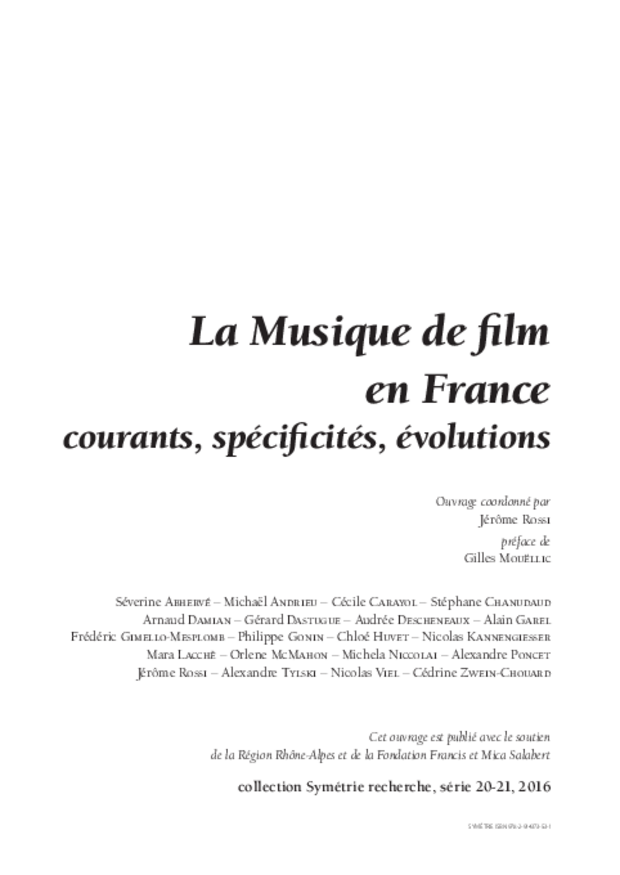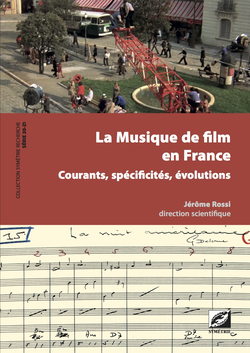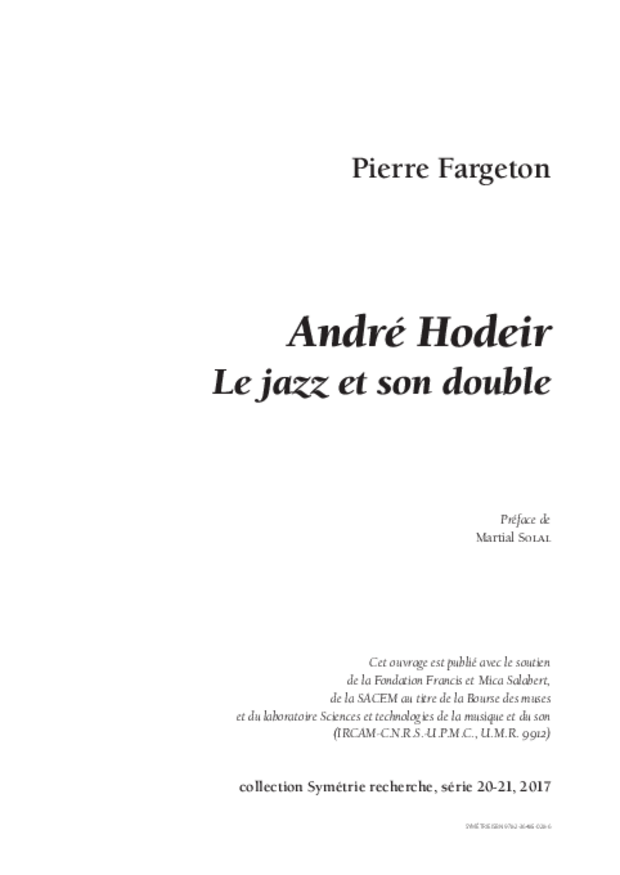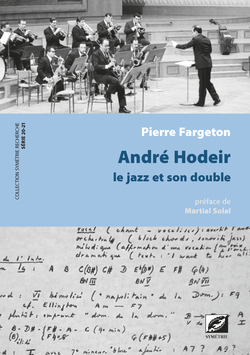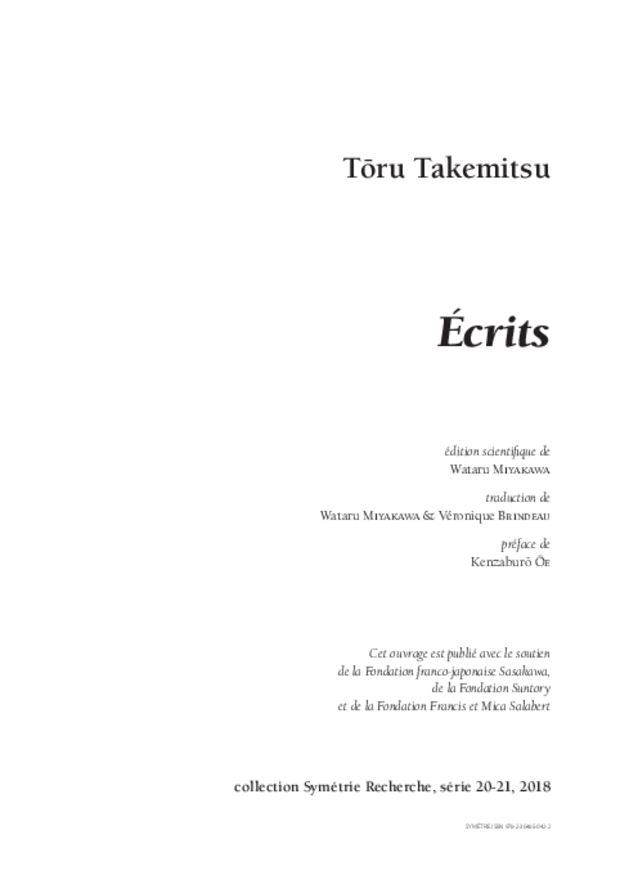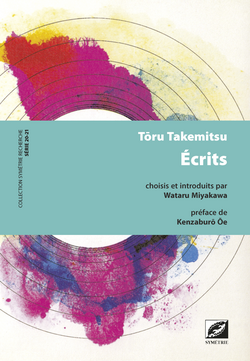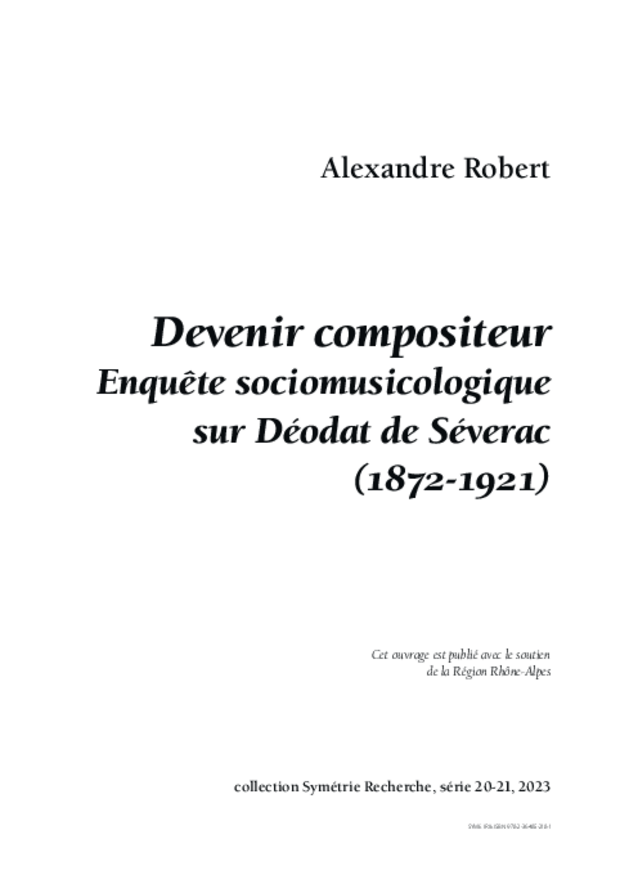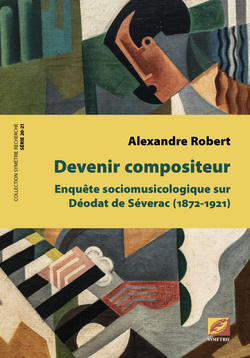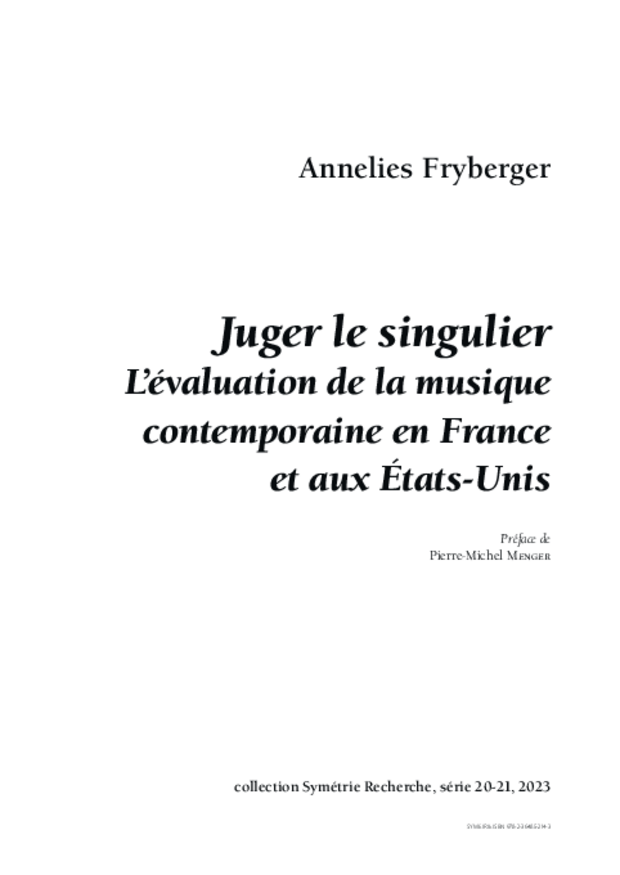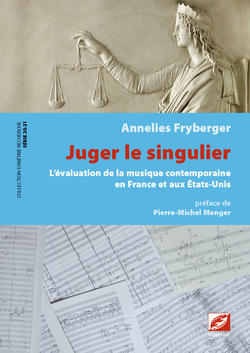This book shows that Olivier Messiaen built his unique compositions by transforming the music he loved. Crossing a new reading of his writings with the analysis of his works, its authors demonstrate that Messiaen’s borrowing technique is a veritable compositional method employed across the whole of his production. Messiaen drew compositional material from eclectic sources ranging from the melodic curves of Mozart and Rameau to the irrational rhythms of Debussy and Jolivet; from ancient Indian “cantilenas” to the sophisticated harmonies of Ravel, Tournemire, Berg and Massenet; from Gregorian chant to “charming specimens” of traditional song.
First exploring the intellectual foundations of Messiaen’s technique and then studying how the composer collected and transformed pre-existing material into formulas, later juxtaposing and sewing together those disparate elements in his original works, this groundbreaking study offers an entirely new perspective on Messiaen’s music and, in extension, on mid-twentieth-century compositional practice. Beyond describing the steps of Messiaen’s process, it lifts the veil on the composer’s creative inner life, offering new paths for approaching the complex relationship between admiration and audacity, between model and invention.
Sommaire
- Avant-propos1-4
-
Préface5-6
George Benjamin
- Introduction3-26
-
Relire les écrits d’Olivier Messiaen : comprendre et formuler la technique de l’emprunt
- L’emprunt mélodique29-54
- L’emprunt harmonique55-86
- L’emprunt rythmique87-110
-
Collecter l’emprunt : entrer dans l’imaginaire créatif d’Olivier Messiaen
- Introduction113-124
- Claude Debussy125-174
- Maurice Ravel175-206
- Jules Massenet207-226
- André Jolivet227-250
- La galerie des Modernes : Honegger, Stravinski, Prokofiev, Tournemire, Falla251-286
- L’École de Vienne287-312
- Le Plain-chant grégorien313-336
- L’Inde de Joanny Grosset : un exotisme mystique337-364
- La galerie ethnographique : les musiques exotiques d’Olivier Messiaen365-406
- Les ombres des temps anciens : de quelques figures du xviiie siècle407-454
- Postlude. Par-delà l’identification455-464
-
Composer avec l’emprunt
- Introduction467-480
- Les Corps glorieux (1939) : « L’Ange aux parfums »481-496
- Rechant IV497-512
- Turangalîla-Symphonie : un extrait de « Turangalîla 1 »513-528
- « Amen des Anges, des Saints et du chant des oiseaux »529-550
- Conclusion. Repenser Messiaen à travers l’emprunt551-580
- Postface581-582
- Index des œuvres de Messiaen583-586
- Index des œuvres587-590
- Index des personnes591-596
- Bibliographie597-610
- Index des figures de Technique de mon langage611-612
